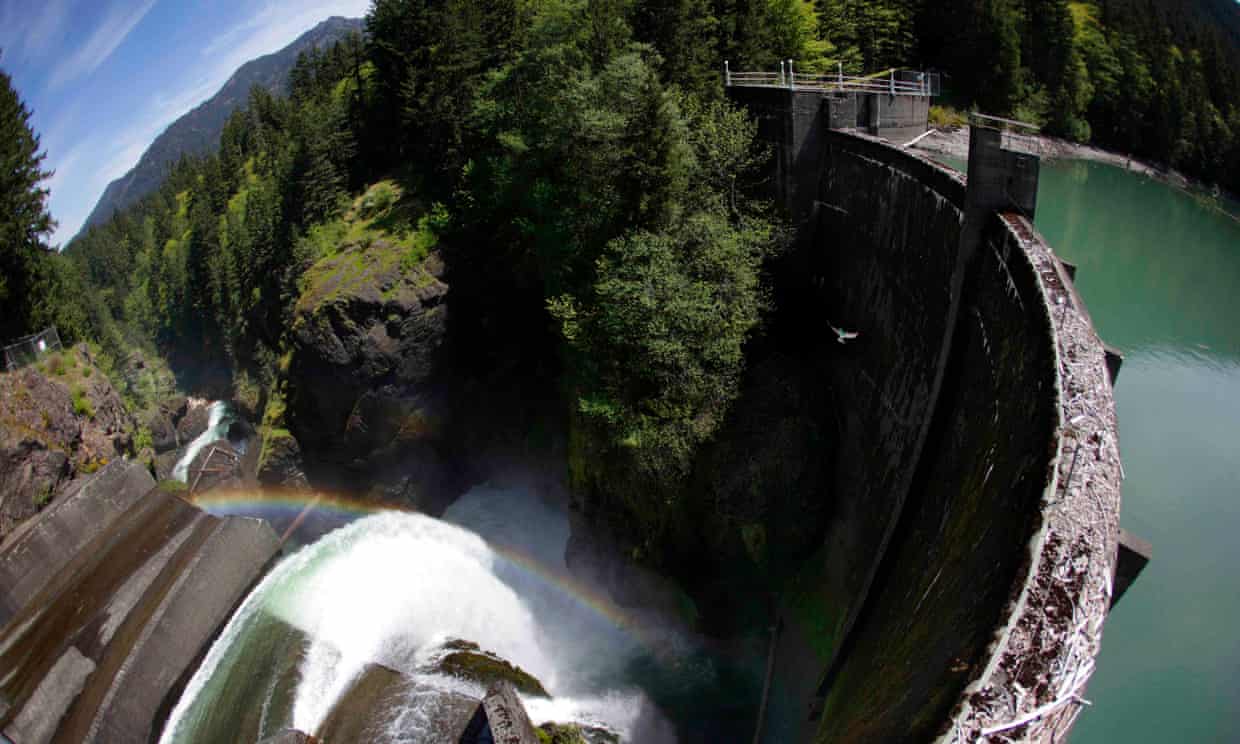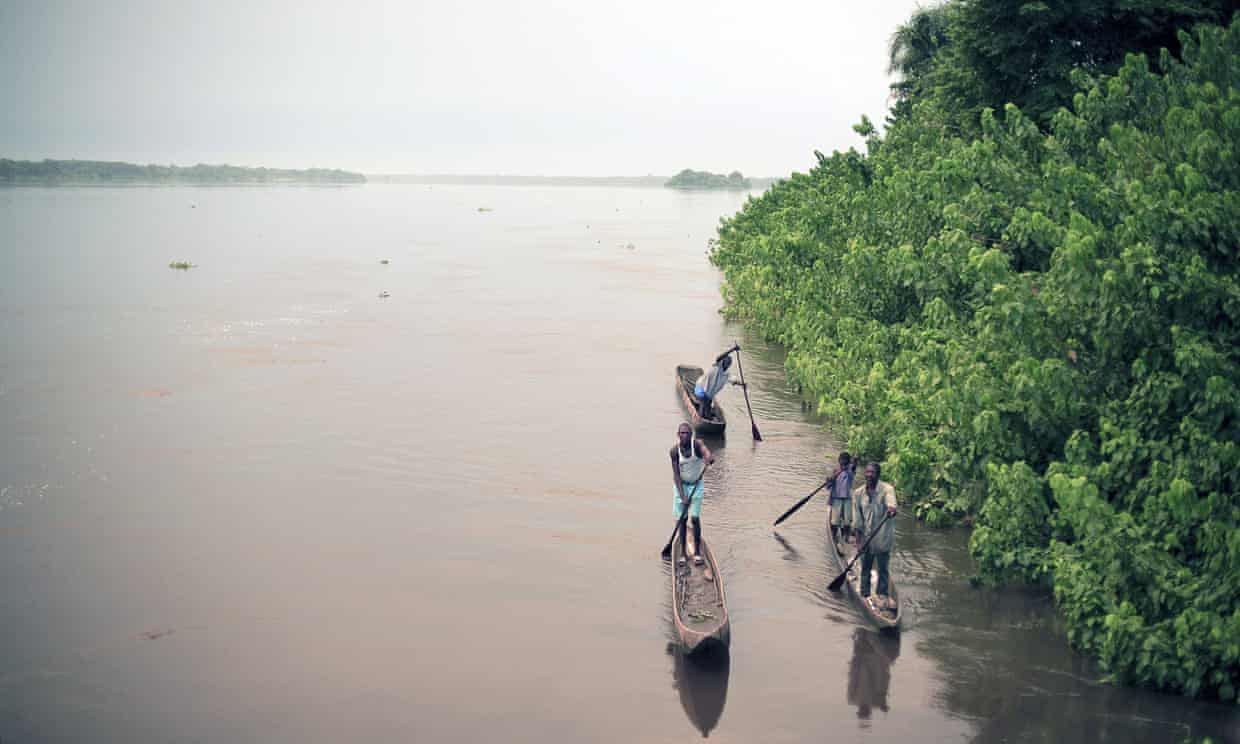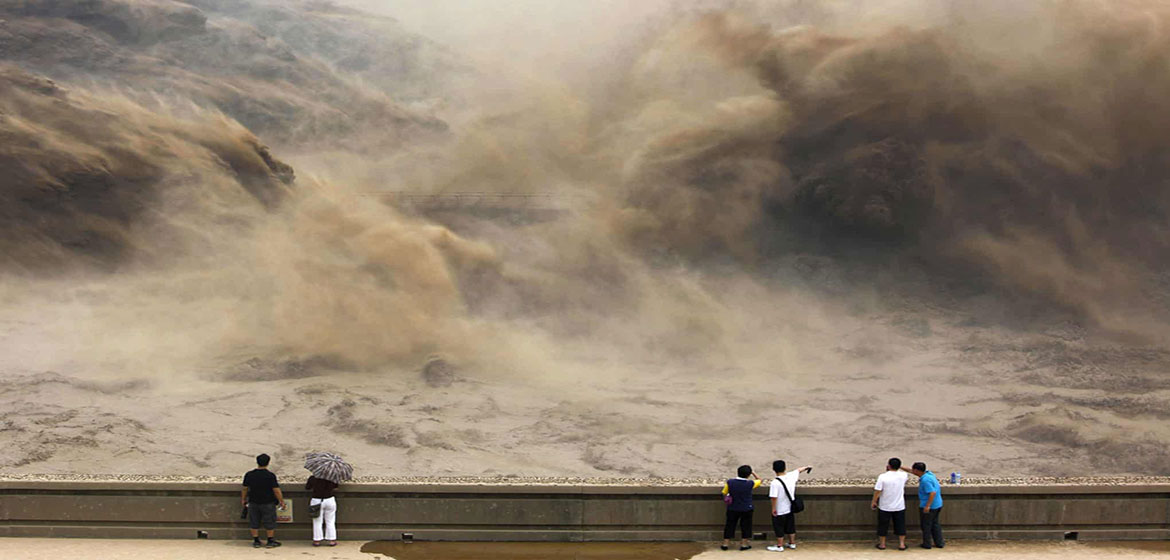The flawed development model of dam-building has continued around the world. It’s time to give permanent protection to free-flowing rivers
By Kate Horner
Fifty years ago, environmentalists and dam builders in the United States were locked in a bitter battle. Dam building had swept the nation in the 1940s and 1950s, blocking and impounding some of the most important rivers of the American west. On the Snake river (where controversies about dams continue to this day), dam construction had led to a .
Frank Church, a senator from the state of Idaho, originally supported the dams. But having seen the environmental damage they created, he . He saw “a groundswell of public concern for the fate of these majestic streams, many of them threatened by dams which would forever destroy their beauty and ecology”. Church authored the , which was passed in 1968. The Act now protects more than 12,000 miles of free-flowing rivers in the US.
For the past 60 years, large dams have had devastating impacts on people and the environment. They alter a river’s ecosystem from one that’s cold, flowing and connected, to one that’s warm, stagnant and fragmented – with devastating consequences for wildlife. Dams are one of the main reasons freshwater fish numbers are plummeting – the world has . In 2000, the World Commission on Dams found that dams were responsible for
Dams are one of the main reasons freshwater fish numbers are plummeting
The US is now leading the movement to decommission dams. Dam removal on the Elwha river in Washington state has been an enormous success. One year after the last dam was removed in 2014, more than above the former dam site – the first time Chinook had been seen there in more than 100 years. In New York State, the Mohawks recently became the when it took down the Hogansburg dam on the St Regis river, opening up 275 miles of stream habitat to migratory fish.
Even though the US leads the world in dam decommissioning, it continues to export a flawed development model of dam construction, and the dam-building boom has continued around the world. Not surprisingly, this has led to a groundswell of public concern about protecting free-flowing rivers.
As part of a combined effort with local communities and other NGOs, we have won enormous victories in recent months, forcing governments to cancel or suspend many destructive projects.

A bird flies past water spilling through the Glines Canyon dam on the Elwha river in 2011. After the last dam was removed from the river in 2014, fish populations flourished. Photograph: Ted S. Warren/AP
In April, Brazil’s environmental agency, Ibama, , which was expected to be the second largest hydroelectric dam in the country, after the controversial Belo Monte power plant. In July, the World Bank on the Congo river and in the following month Endesa Chile, the country’s largest power generator, . The Chinese government has also on one of China’s last free-flowing rivers, the Nujiang. In October, the Peruvian government announced that several dams proposed for the Marañón river, a major tributary of the Amazon, are during the current administration.
But after such dam projects are suspended or cancelled the rivers are, in general, not permanently protected. This leaves them at risk if a government decides to move forward with a dam in the future – giving credence to the famous quote that with the environment, victories are temporary but defeats are permanent. protectors must always remain vigilant, monitoring new attempts to bring back destructive dams, but we now have a window of opportunity to gain protection for critical watersheds. It’s time to turn these victories into permanent protection for free-flowing rivers.

In July, the World Bank on the Congo river. Photograph: Per-Anders Pettersson/Getty Images
We’re starting in Chile where , which defends ecosystems with high conservation value, is providing legal analysis to develop a new law for river protection in the country. And (Free Rivers), a new coalition of young activists, is building public support for permanent legal river protection.
In Colombia, we’re working with to build support for protection and with lawyers to develop new approaches to long-term protection of free-flowing rivers, such as the upper Magdalena river. Furthermore, in Peru we’re reviewing opportunities to ensure permanent protection of the Marañón to secure the health of the Amazon’s headwaters.
And we cannot stop there. Transboundary rivers – such as the Nujiang/Salween river which runs through China and Myanmar, and the Gongri/Manas river in Bhutan and India – offer critical opportunities for river protection. Saving these rivers requires transboundary cooperation and when this is done right, countries can avoid the strife we’ve seen in places such as China and Thailand where conflicts have arisen over development on the Lancang/Mekong river.
In New Zealand, the government has recognised the Whanganui river by giving it the same constitutional rights as a person. This is a striking recognition that free-flowing rivers provide enormous benefits, from food security to water access, to biodiversity conservation.
It took decades of dam building – and the associated devastation of rivers – before people and their lawmakers in the US started protecting wild and free-flowing rivers. With the impacts of climate change starting to threaten livelihoods, it’s time to protect our free-flowing rivers the world over.
Source:
Related to SDG 13: Climate action and SDG 10: Reduced inequalities



